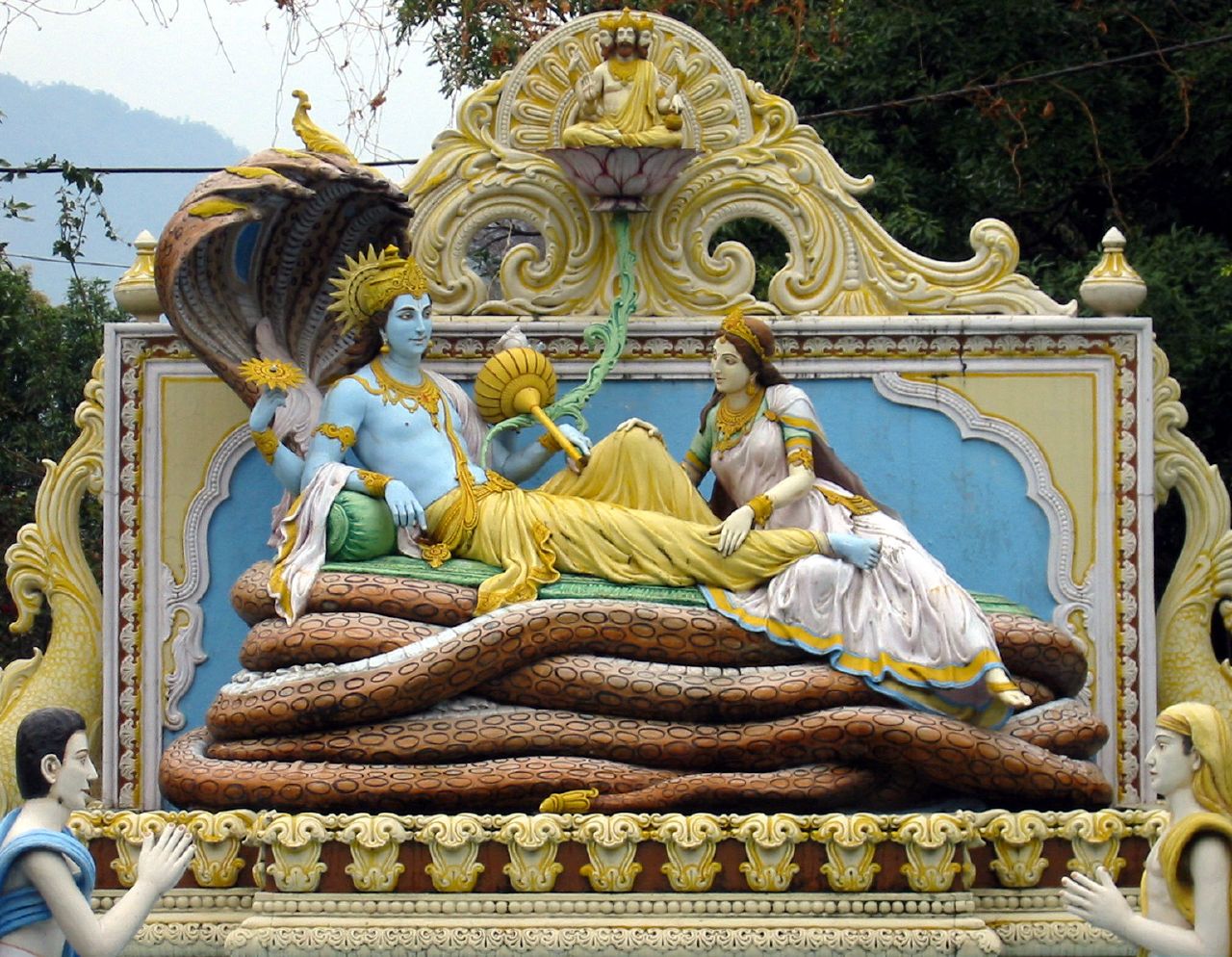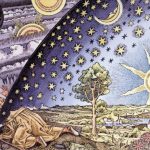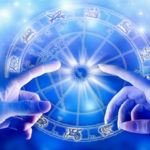The word ‘Gand’ means ‘knot’ and ‘Anta’ means ‘end’. Therefore, Gandanta is translated as the knot at the end. It is the area in the zodiac that is at the transition of the water element to the fire element. These points occur at three places, namely; the junctions between the Rashis of Pisces and Aries, Cancer and Leo as well as Scorpio and Sagittarius. The three points at 0 degrees of Aries, Leo and Saggitarius are called the Brahma Randhra (the eye of Brahma, the creator) or Vishnu Nabhi (the navel of Vishnu, the beginning of creation). There is a lot of fear-mongering with regard to this topic with little understanding as to why these points are so volatile.
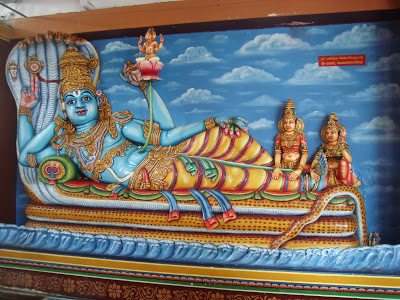
Why Does Gandanta Occur
The process of creation is cyclical. It starts with creation and ends with the dissolution of the whole creation to nothing. The order of the elements of the signs is in the order of this cycle of creation. The signs are ordered as Fire, Earth, Air and Water. The entire process comes under the element of Ether. In the Zodiac, there are three sets of Rasis that are in the order of Fire, Earth, Air and Water.
The Fire signs are Aries, Leo, and Sagittarius. The Water signs are Cancer, Scorpio and Pisces. Libra, Aquarius and Gemini are the Air signs and Capricorn, Taurus and Virgo are Earth signs.
So, it represents the process of creation and dissolution thrice with each staring at the beginning of Aries, Leo and Sagittarius, the three Fire signs. The nakshatras that are at these points are Ashwini, Magha and Moola. The end of the Water element signs shows the dissolution and this is at the end of the signs of Cancer, Scorpio and Pisces, which are the three Water signs. The nakshatras that fall at these points are Ashlesha, Jyeshtha and Revati. If you visualise the steam that is generated when fire meets water it is easy to understand that steam will be formed. So, the points at the juncture of these two processes are highly volatile and called Gandanta.
Gandanta Degrees
The last 3 degrees and 20 minutes of the Water Gandanta Rashi and the first 3 degrees and 20 minutes of the Fire Gandanta Rashi are the Gandanta points. Some people take the last 4 degrees of the Water signs as Gandanta. This aligns with the first pada of the Fire signs and the last pada of the Water signs. This is the 4th pada of Revati, Ashlesha and Jyestha nakshatras and the 1st pada of Ashwini, Magha and Moola nakshatras. So, the closer a planet is to the edge of the Rashi, the more ‘knotted’ up it is going to be.

Fire, Earth, Air and Water
Types Of Gandanta
Lagna Gandanta
When the Lagna or rising sign of a person falls within the Gandanta degrees.
Nakshatra Gandanta
The Moon of a person in the Gandanta zone of the zodiac is Nakshatra Gandanta.
Tithi Gandanta
Tithi is the name of the lunar day. The juncture between the Purna and Nanda Tithis (5th-6th, 10th-11th, and 15th-1) are Gandanta areas. The last 2 Ghatikas of a Purna Tithi and the first 2 Ghatikas of a Nanda Tithi are the Gandanta periods. This happens during New Moon day, 5th day after the new moon (Panchami), 10th day after the new moon (Dasami) and Full Moon day.
Effects Of Gandanta And Gandanta Planets
A person born with Gandantar Yog in Kundali is caught right in the middle of the turmoil at the end of the destruction of an old cycle and the start of a new cycle. Planets in Gandanta face ill effects as well. It is a metaphorical knot or issue in their life that is hard to untie or unravel. The karmic knot is usually some issue in the life of the person that causes suffering and pain which is the metaphorical knot in their life.
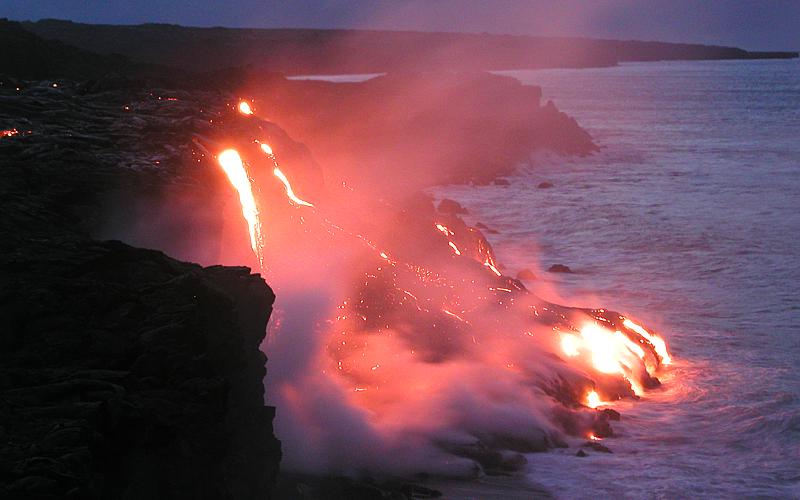
When the Moon is in Gandanta the person is born near a Dasha change period which causes a great upheaval or change in the child’s life which the child is usually unaware of but that the parents usually feel the effect of. But it does create huge problems right at the start of life. Placement of planets in Gandanta show highly karmic effects in their lives and indicate that there is a very particular purpose for this birth. They will have to face many difficulties in life and struggle to come to terms with them to grow spiritually. The area of trouble will be seen by the planet’s position in the chart and the house lordship. Therefore the struggle is essentially to untie the karmic knot. When they finally reconcile themselves to the reality of their situation the knot unravels and loosens its hold bringing happiness.
Spiritual Growth In Gandanta
There is a point of view that views the birth of a person at Gandanta helps in spiritual growth. Because the junction is in between destruction and creation, it is believed to have no boundaries between the spiritual and earthly realms. It makes a person more intuitive and open to mystical and spiritual energies. The difficulties in the person’s life help them to cut through the illusion of Maya and to transcend earthly bonds and achieve spiritual discernment and enlightenment.
Remedies
The ancient texts prescribe remedies for Gandanta Vedic astrology births of which some are extreme. It is believed that the child would most likely die at birth. However, if the child survived he or she would grow into an extremely powerful individual.
The remedies for such births and Gandanta planets differ depending on the astrology text being followed. The worshipping of the Lord of the Lagna or Rasi is said to help to mitigate the effects of Gandanta birth. Since the problem lies in the juncture of two signs, the lord of the neighbouring sign is referred to as the Adhi-Devata and the Lord of the Lagna / Rasi Nakshatra is the Pratyadhi-Devata.
There are many astrologers and priests who do the Shanthi pooja for the affliction after choosing the appropriate muhurta as per the native’s chart.

Classification For Remedial Measures
Based on Day/Night Birth
A Gandanta birth in the day is Pitri (father) Gandanta. A Gandanta birth at night is Matri (mother) Gandanta.
Based On Nakshatra
Birth in the Revati-Aswini Gandanta region is called Swa-Gandanta which translates as Self-Gandanta. Birth in the Aslesha-Magha Gandanta is Matri-Gandanta or Mother-Gandanta while birth in the Jyeshta-Moola junction is called Pitri-Gandanta or Father-Gandanta.
Special Case: Abhukta Moola Gandanta
Of the three Gandanta points, the Jyeshta-Moola is considered to be the most inauspicious. It is the Abhukta Moola Gandanta. When a child is born in this Gandanta, Narada Muni prescribes that as a remedy, the child should be given away or abandoned and one should not have any hopes or expectations of the child. Additionally, if the child survives, the father of the child should not see the child for 8 years after birth. Other learned astrologers prescribe a 27-day period. This is more easily applicable in the modern-day.
The Sage Parashara considers that the ruling deity of Jyeshtha being Indra and the ruling deity of Moola being Rakshasa both are inimical to each other causing this Gandanta the evilest. He also advocates the abandonment of the child or not allowing the father to see the face of the child for 8 years. He alternatively recommends that remedial measures should be taken. This is done to obtain relief from Moola after the 12th day of the birth, the next Janma Nakshatra day, or on an auspicious day. The text also details the rituals to follow for a Havan or a fire-ceremony to nullify the Abhukta Moola Gandanta birth. The texts recommend cow donation as per the exact nakshatra and pada of the birth. Donation of gold is also recommended in certain cases.
There are also many other factors and loopholes that are applicable to the Abhukta Moola Gandanta.
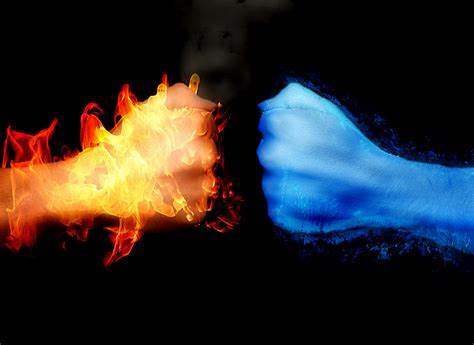
Moola-Nivasa Based On The Month
It is believed that Moola resides in different Lokas based on the Vedic month of the year. In the months of Margasirsa, Phalgun, Vaisakha and Jyestha the residence of Moola is in Patala Loka or hell. During the months of Sravana, Kartika, Chaitra and Pausa the residence of Moola is in Martya Loka or the realm of the dead. Whereas in Ashada, Aswin, Bhadra and Magha, Moola resides in Swarga Loka or the heavens.
Lagna Based Rules
The Rasis or Signs are also classified as movable, fixed and dual signs. The movable signs are Aries, Cancer, Libra, and Capricorn and the fixed signs are Taurus, Leo, Scorpio, and Aquarius. The mutable or dual signs are Gemini, Virgo, Sagittarius, and Pisces. The residence of Moola in movable, fixed and dual signs is Swarga, Patala and Martya Loka respectively. So a birth of a Jyeshta-Moola native in a Lagna that is a dual sign causes a great evil to befall the native.




